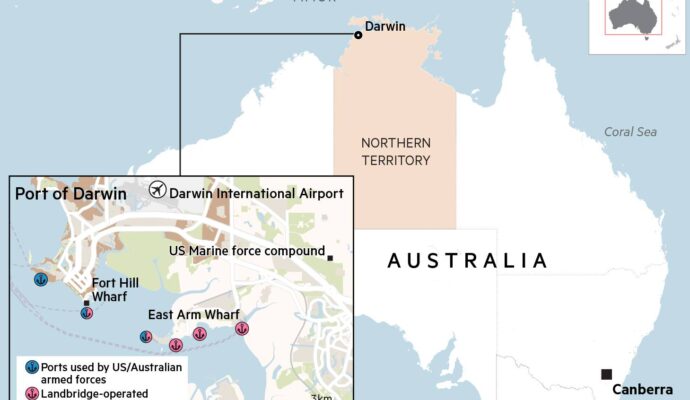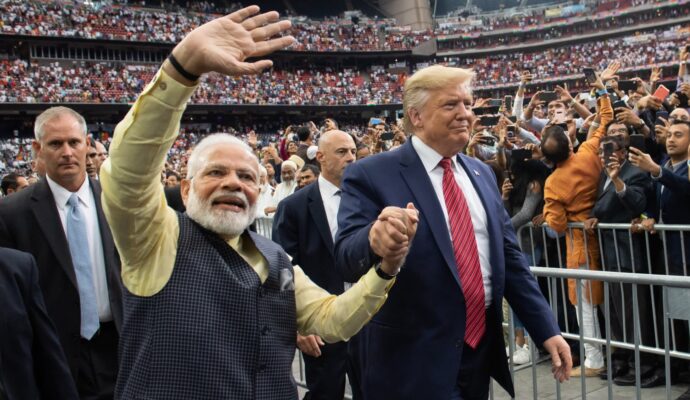Unlock the Editor’s Digest for free
Roula Khalaf, Editor of the FT, selects her favourite stories in this weekly newsletter.
Pakistan has unveiled plans to increase defence spending in the wake of the worst fighting against arch-rival India in decades, even as the government cut overall spending in an effort to climb out of a recent economic crisis.
In a budget issued on Tuesday one month after a ceasefire that paused hostilities between the nuclear-armed neighbours, Pakistan’s finance minister Muhammad Aurangzeb earmarked Rs2.55tn ($9bn) for defence for the fiscal year starting July 1, up 17 per cent from the 2024-25 budget.
The rise in defence spending came as the government said it would cut overall expenditure by 7 per cent, to Rs17.57tn, as the cash-strapped country grapples with the fallout of an economic crisis and stringent loan terms.
Pakistan, where the military wields broad influence over political and economic affairs, is set to embark on a defence spending spree to address shortfalls in its armoury highlighted in the recent clashes with India.
New Delhi had said that the clashes last month demonstrated its military superiority over its smaller neighbour. The countries last month traded waves of missiles and drones that struck deep into each other’s territories, killing civilians and bringing them to the brink of all-out war.
“After defeating India in a conventional war, we now have to surpass it in the economic field as well,” Prime Minister Shehbaz Sharif told his cabinet as he approved the budget.
Pakistan’s parliament will vote on the proposed budget later this month.
Islamabad has embarked on a an unsteady recovery for one of Asia’s most troubled economies, buoyed by a demanding $7bn IMF support programme, two years after it teetered on the brink of a sovereign default.
The government has set an ambitious 4.2 per cent growth target for the next year, and an official survey released on Monday showed annual inflation was projected to have fallen to 4.7 per cent for fiscal 2024-25, down from 26 per cent the previous year.
It estimated economic growth for 2024-25 at about 2.7 per cent.
But even if Pakistan achieves its growth target, the economy would still lag the broader south Asia region, which the World Bank forecasts will grow 6.1 per cent in 2026.
US trade tariffs of up to 29 per cent could also undermine the competitiveness of its garment producers in the country’s largest export market, which it relies on for foreign currency exchange.
Meanwhile, other economic weaknesses persist. Major crop production, including rice and wheat, is projected to have fallen by 13 per cent. Large-scale manufacturing has also contracted, battered by inflation and a surge in power prices.
To fund the increase in defence spending this year, as well as interest payments that are projected to eat up nearly half of government expenditure, Islamabad said it would increase tax take by 18 per cent, alongside the broader spending cuts.
Tax revenues for the 2024-25 year fell Rs1tn short of the government’s target of Rs12.9tn.
The central bank has also halved its benchmark interest rate to 11 per cent since June 2024, allowing the government on Tuesday to announce some tax cuts for salaried workers and businesses that bore the brunt of last year’s budget.
The Pakistan government also announced on social media platform X on Friday that China had offered 40 J-35 fifth-generation stealth fighter jets, as well as advanced airborne early warning and anti-missile and anti-satellite systems. It did not reveal the costs of the deal.


